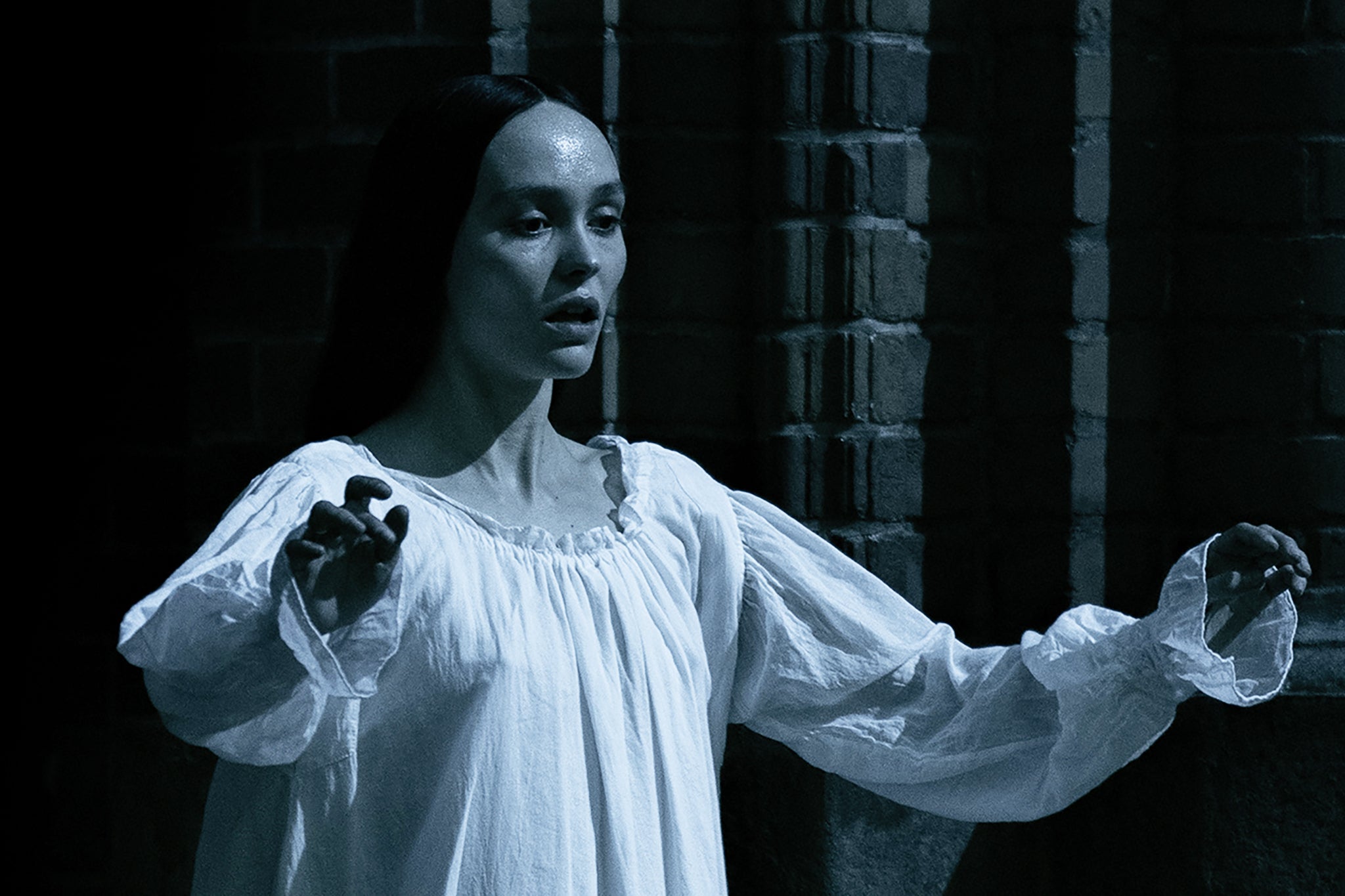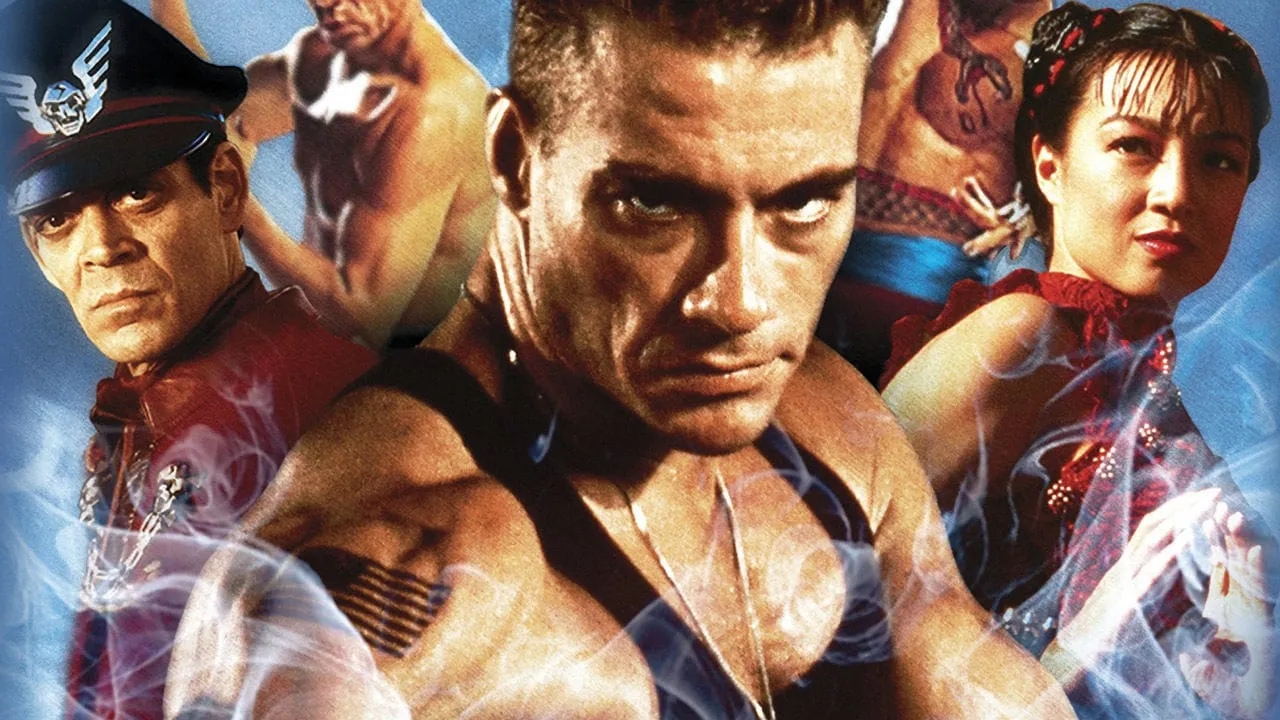Nosferatu (2025): A Gothic Revival Anchored by Lily-Rose Depp
Robert Eggers’ Nosferatu (2025) is a dark, elegant reimagining of one of cinema’s oldest horror icons. Revisiting the legacy of the 1922 German Expressionist classic by F.W. Murnau, Eggers crafts a visually haunting and emotionally intense version that fuses old-world horror with modern psychological depth. With a remarkable performance from Lily-Rose Depp, the film not only revives the vampire myth but also redefines it for a new generation.
Set in 19th-century Germany, the film follows Thomas Hutter, a young real estate agent sent to a remote castle in Transylvania to meet the enigmatic Count Orlok, who wishes to purchase property in Wisborg. Unbeknownst to Thomas, Orlok is an ancient vampire who becomes fixated on Hutter’s wife, Ellen. From the moment Hutter sets off on his journey, strange occurrences begin to unfold—plagues, hallucinations, and prophetic visions that connect Orlok to an evil far older than time. The atmosphere of dread builds steadily, drawing the viewer into a shadowy world where fear and desire are indistinguishable.

Lily-Rose Depp plays Ellen with captivating vulnerability and haunting strength. Her performance is the emotional heart of the film. Ellen, tormented by visions of the vampire before he even arrives, is portrayed as more than a victim—she is a tragic heroine with agency and quiet power. Depp balances fragility with determination, portraying a woman psychologically ensnared by a creature she cannot fully understand, yet one she alone may have the strength to destroy. Her chemistry with Bill Skarsgård’s Orlok is eerie and magnetic, filled with silent tension and unspoken horror.
Skarsgård, buried beneath chilling prosthetics, delivers a terrifyingly restrained performance as Orlok. Unlike the charismatic Dracula of popular culture, Orlok is something far more primal—twisted, corpse-like, yet oddly melancholic. His presence evokes dread with every movement, and Skarsgård's commitment to the character, from his voice to his physicality, makes Orlok feel less like a man and more like a force of nature, cursed to hunger for eternity.

Visually, Nosferatu is stunning. The cinematography is soaked in shadows and candlelight, evoking the silent-era aesthetic while infusing it with modern detail and texture. The set design, especially Orlok’s crumbling castle and the plague-ridden streets of Wisborg, enhances the gothic tone. Eggers’ obsession with historical accuracy is once again on display, with period costumes, architecture, and dialogue crafted with meticulous care. The film’s score is equally masterful—ominous, orchestral, and emotionally charged, it punctuates moments of horror and intimacy with equal force.
The story builds toward a grimly poetic conclusion. Ellen, realizing that she alone can lure Orlok into the light and stop his reign of terror, sacrifices herself to destroy him. In doing so, she breaks the curse but loses her own life. The final scenes are hauntingly beautiful, a reminder that in horror, salvation often comes at the highest price.

Nosferatu (2025) is more than a remake—it is a passionate revival of classic horror, elevated by stunning performances and bold direction. Lily-Rose Depp proves herself as a leading force in modern gothic cinema, delivering a performance that lingers long after the credits roll.



